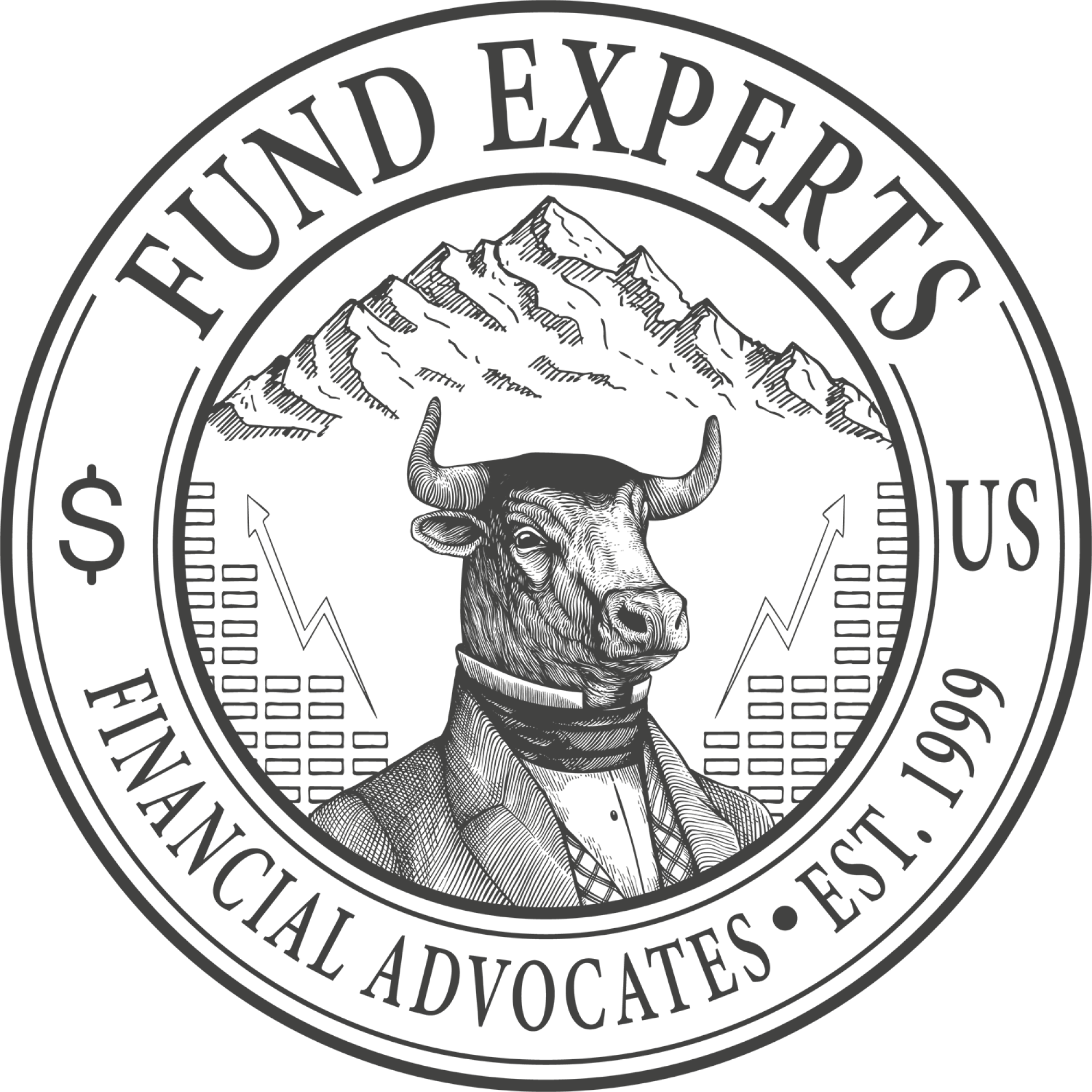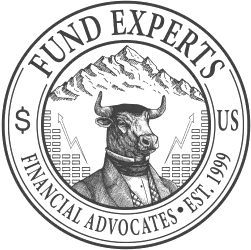Exchange Traded Funds (ETF) Investing Education
Check out Fund Expert’s newest analysis and commentary on exchange-traded funds! Discover what’s shaping the landscape, explore investment ideas, and get a grasp on Morningstar’s ETF ratings. Dive in and let’s navigate the world together! 🚀
The BEST and WORST EFTs by Fund Experts
An Exchange Traded Fund mimics a set of stocks or an index. It aims to copy without much fuss, managed internally or by others like banks or private fund managers. These funds track famous indexes, sectors, verticals, or algorithms with the sole intent of risk sensitive financial performance.
Methdology for Selection by Fund Expets Analyst Team:
- Expense Ratio: Look for low expense ratios to minimize fees.
- Liquidity: Choose funds with high trading volume to ensure ease of buying and selling.
- Underlying Index: Understand the index the fund tracks and its relevance to your investment goals.
- Performance History: Review the fund’s past performance to gauge its potential for future returns.
- Diversification: Opt for funds that offer exposure to a diversified range of assets or sectors.
- Risk Profile: Consider the risk level of the traded funds and ensure it aligns with your risk tolerance.
- Fund Size: Check the size of the assets under management (AUM) for stability and liquidity.
- Tracking Error: Assess how closely performance mirrors its underlying index.
- Fund Manager Reputation: Research the fund manager’s track record and reputation for managing effectively.
- Investment Objective: Ensure the investment objectives aligns with your investment strategy and goals.
Most Well Known Indexes and Funds:
Here’s a list of some of the most well-known:
Indexes:
- S&P 500: Tracks the performance of 500 large-cap U.S. stocks.
- Dow Jones Industrial Average (DJIA): Follows 30 large, publicly-owned companies in the U.S.
- NASDAQ Composite: Measures the performance of more than 2,500 stocks listed on the NASDAQ exchange.
- Russell 2000: Monitors the performance of 2,000 small-cap U.S. stocks.
- FTSE 100: Represents the 100 largest companies listed on the London Stock Exchange.
Exchange Funds (EFT):
- SPDR S&P 500 (SPY): Tracks the S&P 500 Index.
- Invesco QQQ Trust (QQQ): Mirrors the NASDAQ-100 Index.
- Vanguard Total Stock Market (VTI): Offers exposure to the entire U.S. stock market.
- iShares MSCI Emerging Markets (EEM): Provides exposure to emerging market equities.
- Vanguard FTSE Developed Markets (VEA): Tracks developed market stocks outside the U.S. and Canada.
These indexes and ETFs are widely recognized and commonly referenced in financial markets.
Discovering the Perfect Exchange Traded Fund: Your Comprehensive Handbook
Introduction: Understanding Exchange Traded Funds (ETF)
Are you struggling to select the ideal exchange-traded fund (ETF) for your investment ventures? With numerous options available, the process can be daunting. However, fret not! This guide will simplify the selection process into digestible steps, ensuring you feel equally at ease whether you’re a novice or a seasoned investor.
What are Exchange Traded Funds?
Before delving into the art of selecting the finest Fund, it’s imperative to grasp its essence. An ETF functions akin to a diversified basket of assets, such as stocks, bonds, or commodities, traded on stock exchanges. It amalgamates the diversification of a mutual fund with the trading flexibility of individual stocks.
Step-by-Step Guide to Crafting the Perfect ETF Selection
Step 1: Fee Analysis – Navigating the Costs
High fees can significantly impact your investment returns over time. Thus, meticulously scrutinize the expense ratio of each Fund under consideration. Lower expense ratios translate to higher retention of investment earnings.
Step 2: Diversification – Embracing Variance
Diversification is key to mitigating investment risk. Assess how effectively a Fund spreads its holdings across various sectors, industries, and asset classes. Opt for Funds aligning with your risk tolerance and investment objectives, striking a balance between diversification and targeted exposure.
Step 3: Performance History – Gleaning Insights from the Past
Evaluate the Fund’s track record across various timeframes. Seek consistency and resilience in performance, particularly amidst challenging market conditions.
Step 4: Fund Management – The Human Factor
Delve into the qualifications, tenure, and track record of the fund’s management team. Favor Funds boasting experienced and reputable management teams instilling confidence in their ability to realize your investment objectives.
Step 5: Investment Philosophy and Objectives – Harmonizing Perspectives
Comprehend a Fund’s investment philosophy and objectives to ensure alignment with your goals. Opt for Funds mirroring your investment philosophy and objectives, furnishing a strategic fit within your portfolio allocation.
Further Insights for Selecting the Right ETF
In addition to the Medalist Method delineated above, consider the following tips:
Assess Tax Efficiency
Prioritize Funds boasting a history of tax efficiency, particularly if investing in taxable accounts.
Gauge Trading Liquidity
Evaluate the liquidity of the Fund by scrutinizing its average trading volume and bid-ask spreads.
Scrutinize Tracking Error
Analyze the Fund’s tracking error to ensure better alignment with the index.
Examine Holdings and Sector Exposure
Delve into the Fund’s holdings and sector exposure to ascertain alignment with your investment objectives.
Factor in Total Cost of Ownership
Consider the total cost of ownership beyond the expense ratio, encompassing brokerage commissions and associated fees.
Look for ESG Considerations
If interested in socially responsible investing, consider Funds integrating ESG criteria into their strategies.
Wrap-Up fo’ YOU!
By following this comprehensive guide, you’ll adeptly select the apt Fund in accordance with your objectives, risk appetite, and requisites. Happy investing!


